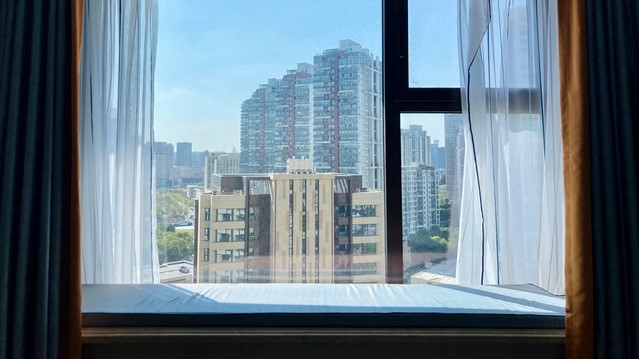 |
| Shanghai by 褚 天成 /Unsplash |
China’s real estate sector accounts for more than 25% of its economy, and with 8 out of the world's 10 most indebted developers hailing from the nation, officials are eyeing this as a threat to economic stability.
Backstory
Long before the Evergrande crisis surfaced, Beijing was well aware of its real estate sector's overleveraging problem.
Since August 2020, it began curbing real estate borrowing with the “three red lines” policy, which says that developers looking to refinance need to:- have a 70% ceiling on liabilities to assets, excluding advance proceeds from projects sold on contract,
- a 100% cap on net debt to equity, and
- a cash-to-short-term borrowing ratio of at least 1.
Growth in real estate investment, which peaked at 38.3% in January, dropped to 21.6% in April, 10.9% in July, and 7.2% in October.
As Per Plan
Vice Premier Liu He said officials should “focus on stabilising land prices, house prices, and stabilise expectations,” in order to “solve household’s housing problems and promote the healthy development of real-estate companies”.
Word On The Street
